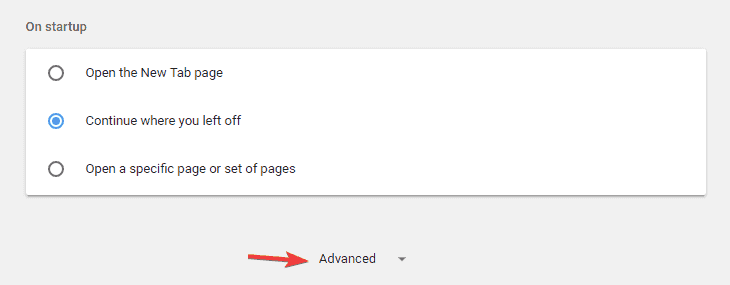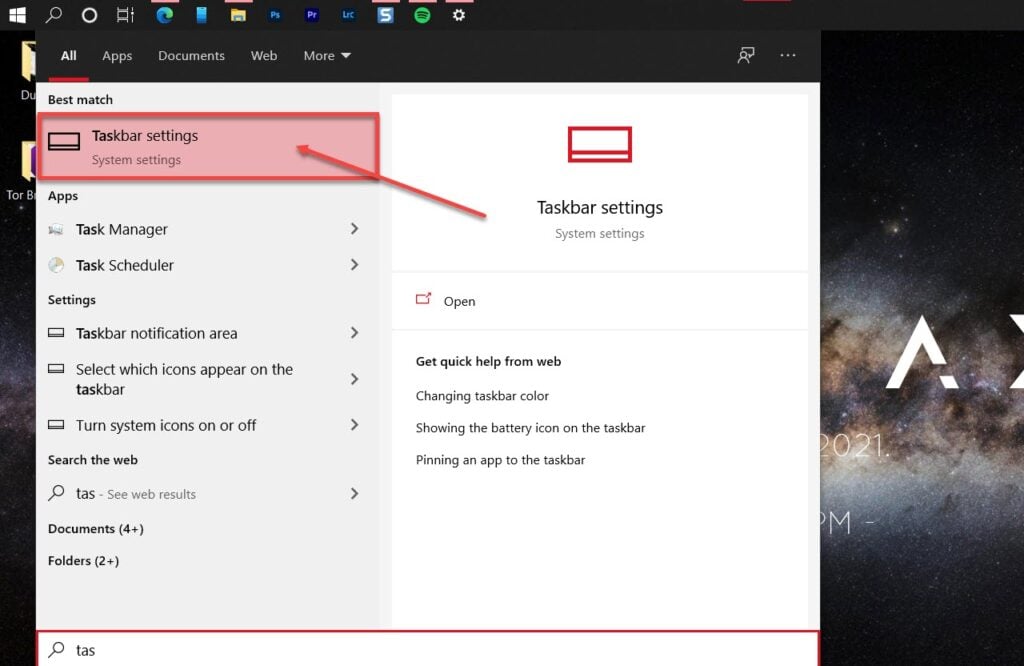
- #Google chrome not opening in taskbar how to#
- #Google chrome not opening in taskbar update#
- #Google chrome not opening in taskbar full#
- #Google chrome not opening in taskbar windows 10#
- #Google chrome not opening in taskbar windows 7#
Windows is without a doubt one of the most complex operating systems for computers. If the taskbar is still not hiding when in fullscreen, read on and try a different approach. Restarting the Windows Explorer causes no damage in your system and can fix many issues related to your taskbar on any version of Windows.Īfter restarting the Windows Explorer, check if your fullscreen problems with the taskbar are solved or not. You can repeat these processes whenever necessary.
#Google chrome not opening in taskbar windows 7#
The process of restarting the Task Manager in Windows 7 requires a few extra steps.

#Google chrome not opening in taskbar how to#
How to Restart Windows Explorer on Windows 7 This is because the system is resetting the app by shutting it down and opening it again.

Restart the Windows Explorer by one of two ways:.Find Windows Explorer from the Applications list and select it by clicking on it.Hit the More Details button if your Task Manager started in the compact view mode. You should be able to see all the running apps and processes on your computer.Hit the Ctrl, Alt, and Del keys on your keyboard at the same time, then select Task Manager from the Security Options screen.Right-click on your taskbar and choose Task Manager.Launch the Task Manager in one of two ways:.
#Google chrome not opening in taskbar windows 10#
How to restart Windows Explorer in Windows 10 Restarting Windows explorer resets the app and can fix taskbar-related problems.
#Google chrome not opening in taskbar full#
This leads to a bug causing your taskbar not to hide in full screen even while gaming, watching YouTube videos, or browsing the internet.
#Google chrome not opening in taskbar update#
Often, when you update Windows, the explorer might freeze, stall, and cause various issues. The taskbar is essentially an extension of Windows Explorer. In short, it’s the graphical interface for your files. Whenever you open your files to access the contents of your hard drive, you’re using Windows Explorer. This isn’t the case though, as it’s an application that runs on its own within the system. To most users, it seems like Windows Explorer is a part of the Windows operating system itself. If the quick fixes didn't work for you, then continue reading the below guide to know why the taskbar is showing in full screen and how to fix it. Click the " Restart" button in the bottom right corner of the task manager.On the " Processes" tab, scroll down to " Windows Explorer" and highlight it.


This can be done by exiting fullscreen, then clicking on the show desktop button in the taskbar twice. On Windows 7, you can also attempt to force-hide the taskbar.In some cases, mostly for games, this is able to fix the problem. While the taskbar is showing in fullscreen, right-click on a taskbar icon (application, network status, volume, etc.) then click back into the video, game, or web browser you’re viewing.People have reported some quick fixes for the taskbar showing in fullscreen. Taskbar visible in fullscreen? Quick Fixes The troubleshooting is easy, even if you never tried to solve any computer issues before. Often it can block out important elements too, as it overlays on top of the video, game, or other documents you’re trying to view in fullscreen.īy following our guide, you can stop this from happening. It can be irritating and distracting to have it showing while you’re trying to pay attention to something. The taskbar should hide when you’re watching a video, running a game, opening a document, or a website in fullscreen. It also shows which applications are currently open and running. It holds important features such as the Windows menu, the system clock, your volume manager, and network settings. Your taskbar is the strip going across the bottom of the screen by default. This bug has existed for a long time, dating back to Windows 7. The taskbar overlaying on top of games, YouTube videos, and web browsers such as Chrome and Firefox is a common issue in Windows.


 0 kommentar(er)
0 kommentar(er)
